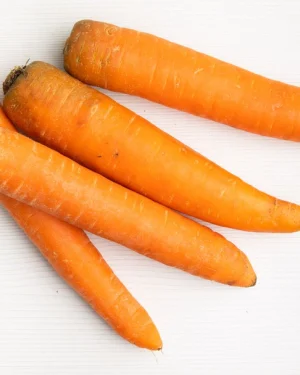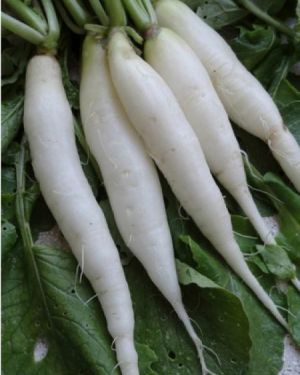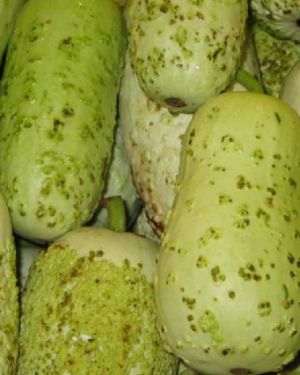Turnips (navet), or Brassica rapa, variation rapa, are cultivated for their fleshy roots and soft growing tops. They are a hardy biennial plant in the mustard family (Brassicaceae). The turnip (navet) is a plant that is grown all across the temperate zone and is assumed to have its origins in middle and eastern Asia. Young turnip (navet) leaves can be cooked and served, and the young roots can be eaten raw in salads or pickled. However, the roots are often used in stews and cooked, served whole or mashed.
How to Prepare Turnips (navet)
A good turnip (navet) is a small turnip. The big ones tend to be bitter. Look for ones that feel firm as well as don’t have any spots.
At home, cut off the root and base of the leaves. Don’t wash it until you’re ready to eat. They’ll keep in the refrigerator for up to a week.
Peel the skin unless it’s a baby turnip.
Raw or cooked, turnips are incredibly versatile:
Boil or steam turnips (navet) and add them to mashed potatoes for extra vitamins and minerals.
Grate them raw into salads or slaws.
Roast them with other root vegetables like carrots and sweet potatoes, and bring out their natural sweetness.
Swap turnip (navet) greens for spinach or collards and sauté them with garlic, olive oil, as well as lemon.
Pickle turnips (navet) and their greens to get gut-friendly probiotics
How to store
Turnips (navet) should have all of their soil removed with a vegetable brush and running water. They can be frozen for eight to ten months or kept in the refrigerator for two weeks. Keep the vegetable away from raw meat and meat juices to avoid infection. Before and after touching fresh vegetables, wash your hands. No more than your family can consume in a year should be preserved for best quality and nutritional value.










Reviews
There are no reviews yet.